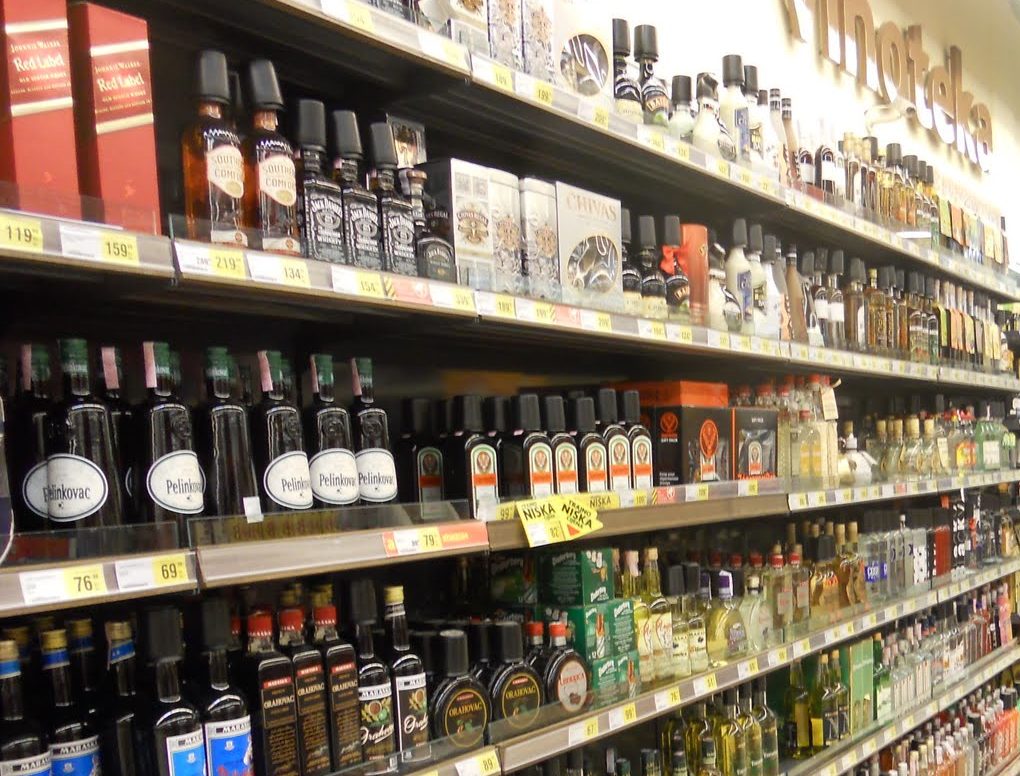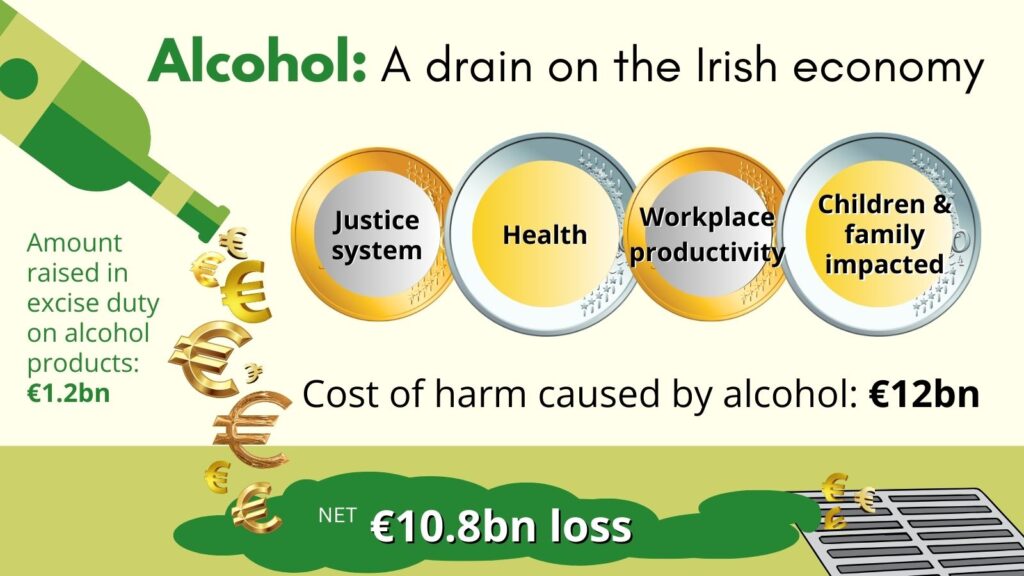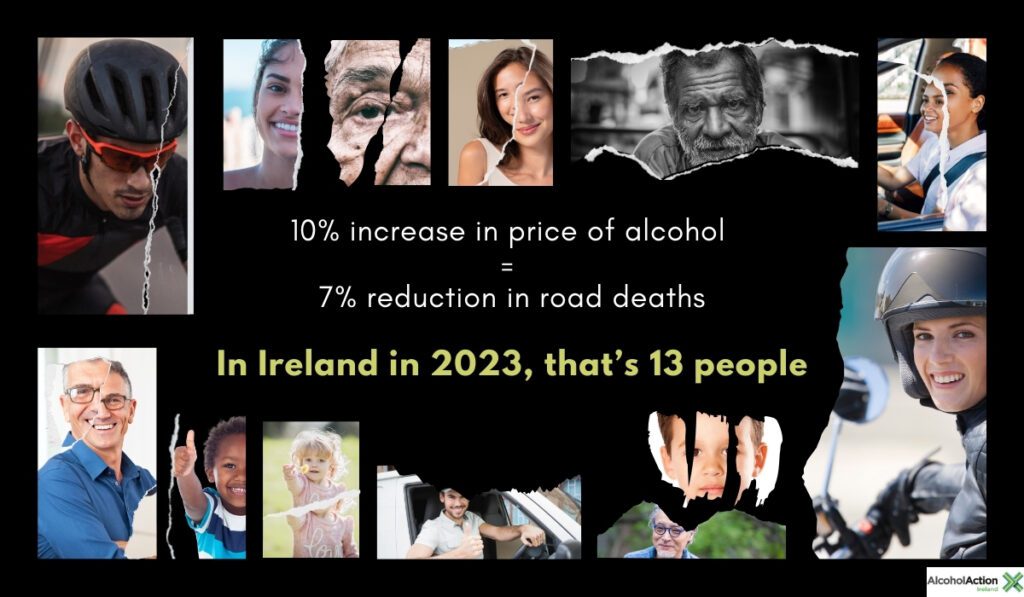Alcohol affordability

Affordability - a key driver of alcohol harm
Affordability has been an important driver in the growth of alcohol consumption in Ireland, which has doubled in the past 50 years. Alcohol affordability seeks to measure people’s ability to buy alcohol, which is a function not just of price, but also of disposable income.
While much is made of Ireland’s relatively high excise duty rates in relation to other countries, the reality is that alcohol remains very affordable, especially when bought in the off-trade (where excise duty can be absorbed and offset against other goods), which means that people can drink to harmful levels for relatively little.
Furthermore, research from the University of Sheffield indicates that shop-bought alcohol today in Ireland is around the same price that it was 20 years ago, with the introduction of Minimum Unit Pricing in 2022 only bringing it back to 2003 levels. As of 2023 it is 70% more affordable than in 2003. Even alcohol bought in the on-trade is 14% more affordable than it was two decades ago.

The alcohol industry argues vociferously against any increase in alcohol duties and actually proposes decreasing them. They point to lower levels of duties in some countries in the EU. However, the OECD has found that Ireland’s alcohol is the second most affordable within OECD members and has the highest level of affordability for young people aged 16-24 years.
The net result is that alcohol is Ireland’s cheapest and most widely available drug. The alcohol industry likes to point to other taxation which they pay such as VAT and employment taxes. However, all industries pay these and it is important to distinguish between health harming products such as alcohol and tobacco and regular commodities. The imposition of excise duties is a reflection of their specific harmful nature.
There are multiple benefits in increasing alcohol taxation. Reducing consumption leads to a reduction in alcohol harms. One example of this is that there is clear evidence from research in EU countries that a 10% increase in the price of alcohol leads to a 7% reduction in road deaths.

Currently, excise rates are reviewed on an annual basis. If this continues, they will always be subject to political pressures to introduce cuts and freezes. Therefore, in line with strong international evidence, duty should be automatically uprated in line with inflation or earnings every year, with a comprehensive review taking place every 5-10 years. This will somewhat remove the politicised nature of the decision and lessen the influence of industry lobbying.
Read AAI’s pre-budget 2025 submission here.
